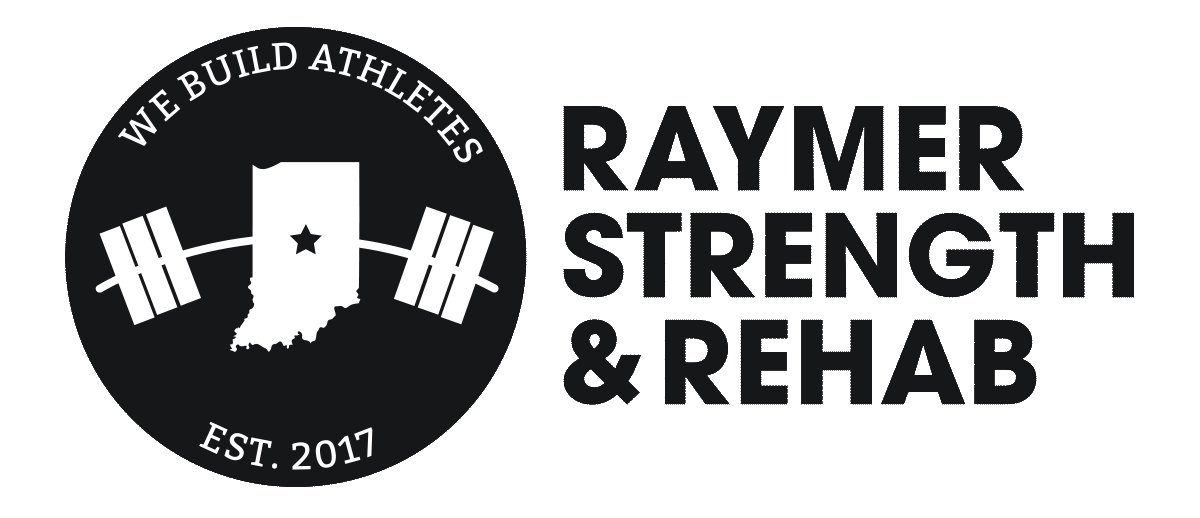So you’ve committed. Now what? Here’s 6 items to check off your list.
Committing to a college is a big deal. Friends, family, teachers, and coaches, pull together to help athletes figure out how to talk with coaches and how to make that important decision about the next stage of their life.
But what happens after an athlete has committed? What are the next steps?
Here’s 6 things to check off of your post-commitment checklist.
1. Notify the other college coaches
After all of the time that these coaches have invested in communicating with you, the least that you can do is notify them that you’ve committed to another program. A professional email is a great way to handle this. Thank them for their time and their investment, and wish them the best of luck.
Why bother? Besides being the right thing to do, the coaching community is tight knit. Manners keep doors open, and you never know if you may need to transfer or work for one of these coaches in the future. Coaches talk!
2. Keep hitting the books
We get it. After you’ve committed, you may feel like a huge weight is off your shoulder, and you may be tempted to coast in your schoolwork. Did you know that college programs will look at your total academic history, including the time after you’ve committed? Slipping grades past this date could be a bad indicator for them.
Plus, you want to make sure you’re achieving academically at the level you need to still be accepted into the university.
If you’re struggling with staying motivated, form a study group with friends that you know are serious about maintaining their grades. Surrounding yourself with people that are trying to accomplish the same goal is a powerful tool that will serve you throughout your adult life.
Sports can open doors, but grades keep them open.
3. Consider additional scholarship options
If your offer covers a portion, but not all, of your tuition, room, and board, investigate additional scholarships available through your university and through outside organizations. Universities and groups offer different scholarships based on declared majors, academic performance (merit), or even your ethnic background.
Retaking and scoring higher on the ACT or SAT might make you eligible for these additional funds. It may mean you have to write a lot of essays.
Student Loan Debt is not a joke. Us Millennials know. A lot of work now to reduce your stress later is worth it.
4. Gather your documents
Signing your National Letter of Intent does not mean that you’ve been accepted into the university. Make sure that you work with your school counselor to dot your “i”s and cross your “t”s to get your official university application and acceptance documents.
This may feel obvious, but there are stories out there.
5. Send your final transcripts to the Eligibility Center
If you’re playing a DI or DII sport, request final transcripts from your school counselor before they take vacation during summer break and send in your transcripts to the NCAA Eligibility Center.
6. Investigate the Name, Image, and Likeness (NIL) guidelines with your university
Check in with your coaches or university counselor on your university’s guidance on the new Name, Image, and Likeness policy that the NCAA adopted this summer. They can help you understand any state laws that you’ll need to take into consideration or university brand deals to consider.
If there’s an opportunity out there to partner with a company or brand down the road, know your options… and get that bag!
If you train with us at Raymer Strength, we’re here for you if you have any questions about your commitment process. Regardless, we wish you best of luck during this exciting season in your life!

